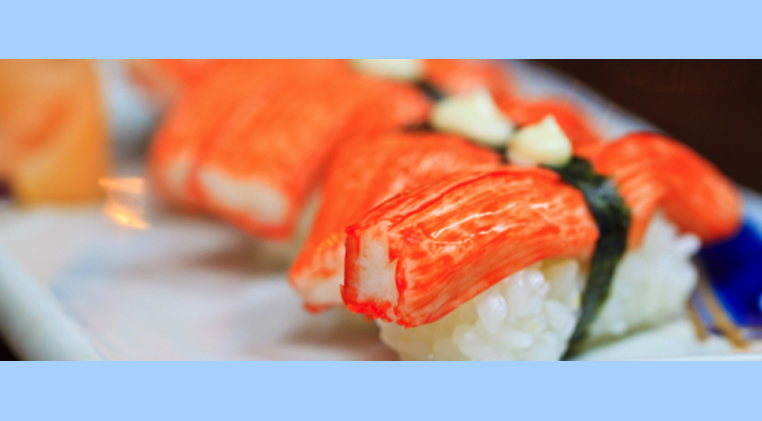Break out the crab hammers and melted butter, October is National Seafood Month! And while we celebrate all that tasty marine life, it’s important to remember that, while delicious, seafood can be the bearer of some particularly nasty pathogens.
This past year, outbreaks of Vibrio parahaemolyticus linked to fresh blue crab meat from Venezuela, prompted a nationwide warning from the Centers for Disease Control and Prevention (CDC). Vibrio can be a big problem in fresh, raw seafood and result in stomach cramping, nausea, vomiting, fever, and chills. And that’s if you’re lucky. For people with liver disease, diabetes or compromised immune systems, a run in with vibrio could result in hospitalization or even death. And since food contaminated with vibrio usually looks, smells and tastes normal, there’s no way of knowing if the tasty-looking morsel on your plate is hiding something nasty.
That’s the bad news.
The good news is that high pressure processing (HPP) can make short work of the microorganisms that might make that oyster on the half-shell a recipe for disaster. HPP neutralizes pathogens like vibrio, listeria, salmonella and E. coli, making your next seafood feast safer as well as delectable. Since HPP uses high pressure to deal with the pathogens instead of heat, the seafood isn’t cooked. Because we all know that, while still delicious, there’s a huge difference between a cooked and raw oysters.
And HPP can do more for seafood than make it safer.
Many seafood producers are using HPP machines like the JBT-Avure AV-S to separate shells from meat in lobster and crab, as well as pre-shuck oysters, clams and mussels. With HPP, 100 percent of the meat is separated from the shell. The meat is hydrated during the process as well, resulting in lobster and crab that chefs insist is the best they’ve ever tasted.

